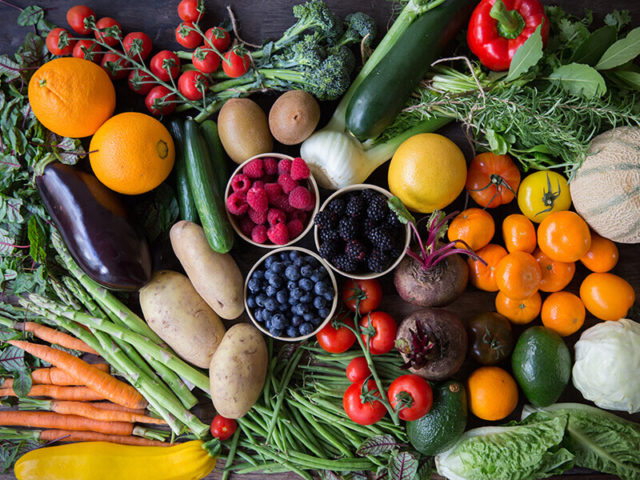New Guidelines For A Healthy and Sustainable Nutrition.

The latest ministerial guidelines recommend an increase in our consumption of fruit, vegetables, cereals, and legumes, as well as greater attention toward sustainability and a reduction of our use of supplements.
The 4th revision of the official Italian guidelines on nutrition was recently announced in Rome (about 15 years since the last revision) by the four Ministries of Health, Agriculture, Environment, and Education. The document was compiled by the Food and Nutrition Research Center of CREA in collaboration with a team of experts (biologists and nutritionists) (www.crea.gov.it).
The key points:
- Increased consumption of fruit and vegetables. Previously incorporated in a single recommendation, increased consumption of fruit and vegetables is now a section of its own, given the importance of these foods. Italians’ average consumption stands at half of the suggested daily dose (450g of fruit and 400g of vegetables). Noteworthy is the scientific evidence backing the effectiveness of these two food categories in preventing chronic degenerative diseases and obesity.
- Increased consumption of legumes and cereals. Attention has now shifted partly on legumes and cereals, of which we should consume 3-4 portions per week in lieu of the current one portion per week.
- Reduced use of supplements and care for sustainability. Another recommendations concerns the improper use of supplements. The directives concerning environmental, economic, and social sustainability converge on foods that help us not only reduce waste but also increase our well-being and savings. The top foods are fruit, vegetables, blue fish, milk, yogurt, and eggs.
While in the past we were concerned with correcting shortcomings, the current directives go beyond satisfaction of the palate. That of healthy eating is a delicate topic, in that it factors in all the following aspects to assess real quality of life: health, prevention, and sustainability.

